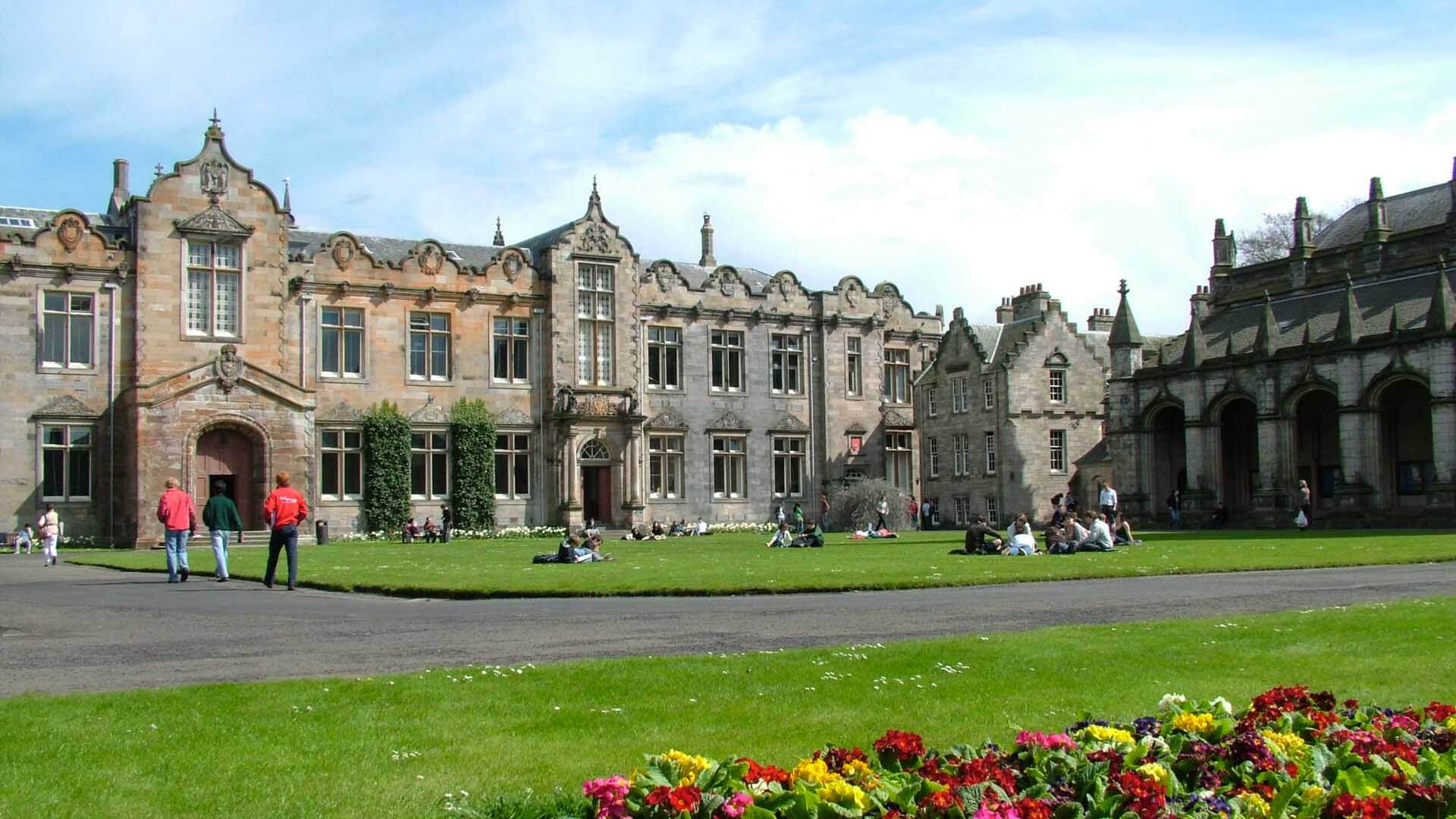University of St Andrews: New anti-viral light could make indoor settings Covid-safe
A new type of ultraviolet light can efficiently kill airborne microbes, such as those which cause Covid-19, which could help tackle future outbreaks, a University of St Andrews-led study has found after successful trials.
The result suggests that this light, known as Far-UVC, could be used to significantly reduce the risk of person-to-person indoor transmission of hospital acquired infections as well as airborne diseases such as Covid-19 and influenza.
Published today in Nature Scientific Reports, the research carried out jointly with NHS Tayside and the Universities of St Andrews, Dundee and Leeds, and Columbia University in New York is the first study to measure the performance of Far-UVC under full-scale conditions.
The researchers released an aerosolised bacteria, known to be harder to inactivate than the SARS-CoV-2 virus which causes Covid-19, into a room-sized chamber and then tested the level of microbial reduction when it was exposed to the Far-UVC light.
The trials, held at a bioaerosol facility at the University of Leeds, found that Far-UVC light rapidly and continuously reduced levels of airborne microbes with a greater than 95 per cent reduction recorded even when the bacteria aerosol was continuously introduced.
Dr Kenneth Wood, of the School of Physics and Astronomy at the University of St Andrews, said: “Our trials produced spectacular results, far exceeding what is possible with ventilation alone or using conventional filter-based air cleaners.
“In terms of preventing airborne transmission, Far-UVC lights could make indoor places as safe as being outside on the golf course at St Andrews.”
The team received a grant of £136,000 from the UK Health Security Agency (UKHSA) to carry out the trial at the research facility at the University of Leeds.
Richard Murray, UKHSA’s Deputy Director for Innovation and Partnerships, said: “We are pleased to have supported this innovative research.
“The findings offer an exciting insight to how indoor environments might be made safer, protecting people against Covid-19, and other airborne pathogens in the future.”
Dr David Brenner, Director of the Center for Radiological Research at Columbia University in New York, said: “We now know that Far-UVC light is superbly efficient at killing airborne microbes. And based on our earlier studies we have very strong evidence that it will be equally good at killing all the Covid-19 variants, past, present and future, as well as the ‘old-fashioned viruses’ like influenza and measles.
“So, by simply adding UV light to the conventional lighting in indoor rooms, we can quickly kill all the airborne viruses in the room and so protect ourselves against person-to-person indoor disease transmission.”
Dr Ewan Eadie, Head of Scientific Services for Photobiology at Ninewells Hospital in Dundee, said: “We are excited by these results and the potential for this technology to reduce transmission in healthcare facilities.
“Our earlier studies at Ninewells Hospital were also very encouraging for the safety of Far-UVC. We look forward to testing Far-UVC directly in a hospital environment.”
Dr Louise Fletcher of the University of Leeds said: “Our bioaerosol facility at Leeds provides a unique environment for this type of research.
“The facility is a sealed chamber the size of a single-occupancy hospital room where different types of building ventilation and devices can be implemented to test the potential effectiveness of approaches like Far-UVC in a full-scale situation.”
The team will continue their research into the safety and efficacy of Far-UVC lights through two recently awarded grants totalling £270,000 from the UK Health Security Agency and NHS Scotland Assure.
The results coincide with a decision by the US agency which decides on safety regulations for UV light, the American Conference of Governmental Industrial Hygienists, to increase the allowable Far-UVC light exposure in the US seven-fold on Saturday 1 January.

